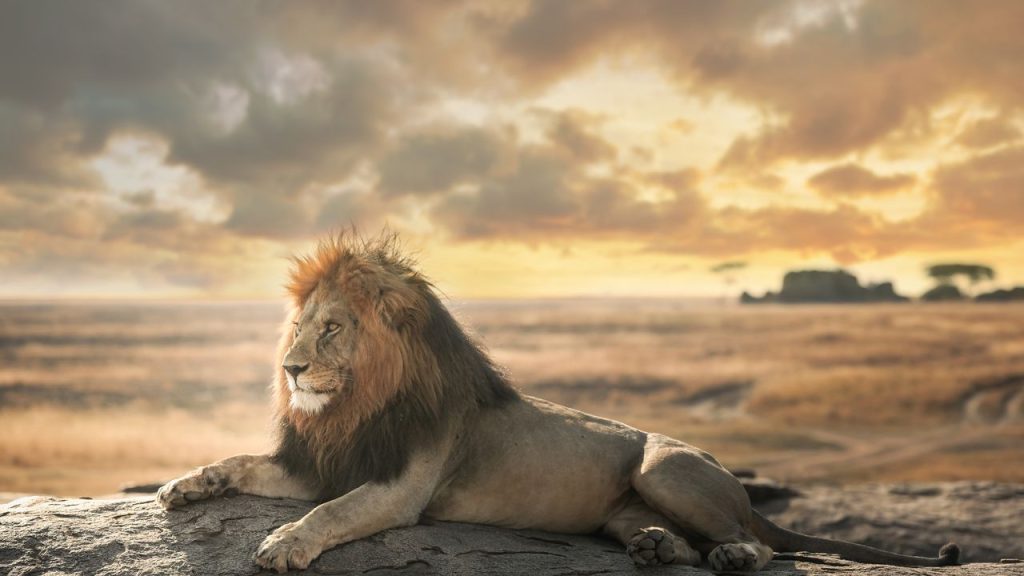Mount Kilimanjaro Trek: Exploring the Cost and Routes
Mount Kilimanjaro, located in Tanzania, is the highest peak in Africa and a dream destination for adventure seekers and nature enthusiasts. The challenge of conquering this majestic mountain attracts thousands of trekkers every year. However, before embarking on this epic journey, it is essential to understand the cost involved and the various routes available.
Kilimanjaro Trekking Cost
The cost of a Kilimanjaro trek can vary significantly depending on several factors. The most significant cost is the park fees, which are set by the Tanzanian government. These fees cover the cost of conservation, rescue services, and park management. As of 2021, the park fees range from $1,000 to $1,500 per person, depending on the route chosen.
In addition to the park fees, other costs to consider include accommodation before and after the trek, transportation to and from the mountain, gear rental or purchase, travel insurance, visa fees, and tips for guides and porters. It is crucial to budget for these expenses to ensure a smooth and enjoyable experience.
While it may be tempting to opt for the cheapest tour operator, it is essential to choose a reputable company that prioritizes safety, ethical treatment of porters, and responsible tourism practices. Remember, climbing Kilimanjaro is a physically demanding endeavor, and having experienced guides and a well-equipped team can make a significant difference in your overall experience.
Rongai Route
One of the less crowded routes to summit Kilimanjaro is the Rongai Route. This route starts on the northeastern side of the mountain and offers a unique perspective of the landscape. The Rongai Route is known for its diverse scenery, including lush rainforests, alpine meadows, and stunning views of the Mawenzi peak.
The Rongai Route is considered a moderately difficult route, making it suitable for both beginners and experienced trekkers. It typically takes six to seven days to complete, allowing for proper acclimatization and increasing the chances of a successful summit.
One advantage of choosing the Rongai Route is its lower traffic compared to other popular routes like the Machame or Marangu routes. This allows for a quieter and more serene trekking experience, with fewer fellow trekkers on the trail.
Kilimanjaro Routes
Mount Kilimanjaro offers several routes, each with its own unique features and challenges. The choice of route depends on factors such as fitness level, previous trekking experience, time available, and personal preferences.
The Marangu Route, also known as the “Coca-Cola” route, is the most popular and well-established route. It is often chosen by those seeking a more comfortable trek, as it offers hut accommodations along the way. However, due to its popularity, it can be crowded, especially during peak seasons.
The Machame Route, known as the “Whiskey” route, is a more challenging option but rewards trekkers with breathtaking scenery and a higher chance of reaching the summit. This route is known for its steep ascents and descents, making it suitable for those with prior hiking experience.
The Lemosho Route is considered one of the most scenic routes, offering panoramic views and a diverse range of landscapes. It is a longer route, typically taking seven to eight days, allowing for better acclimatization and increasing the chances of a successful summit.
Other routes, such as the Shira, Umbwe, and Northern Circuit routes, offer alternative experiences and varying levels of difficulty. Each route has its own unique charm, and trekkers should carefully consider their preferences and abilities when choosing the right route for their Kilimanjaro adventure.
In conclusion, embarking on a Mount Kilimanjaro trek is an unforgettable experience that requires careful planning and consideration. Understanding the cost involved, choosing a suitable route, and selecting a reputable tour operator are key factors in ensuring a successful and enjoyable journey. So, lace up your boots, prepare for the adventure of a lifetime, and conquer the roof of Africa!

